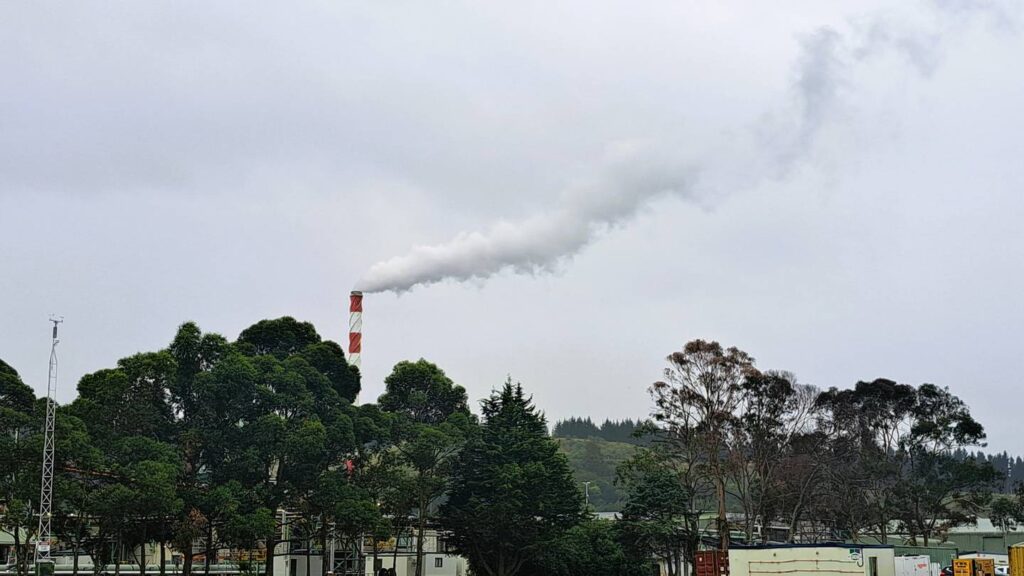In February last year, Cyclone Gabrielle made history as the costliest cyclone in the southern hemisphere, causing more than NZ $8 billion in damages.
At least 11 people died as the cyclone swept through New Zealand’s North Island, with Te Tairāwhiti (Gisborne) and Te Matau-a-Māui (Hawke’s Bay) recognised as the “epicentre of devastation”.
Now, members of the Whirinki community, a small coastal settlement on Te Matau-a-Māui, have achieved a significant milestone by partially reopening boiler operations last week!

Pan Pac’s pulp and timber have two main boilers, which have become a landmark, as they billow out steam when the plant operates.
The stacks from the boilers have been quiet since – up until last week. The pulp mill, connected to the second boiler, will be back in action in March.
It comes after celebrating a major milestone in October with the reopening of the Pan Pac Chipmill. Pan Pac reported, “After eight months of hard mahi from our awesome staff and contractors, our Chipmill is now operational.”

Possibly the largest single business impacted by the Cyclone, the mill – owned by Oji Fibre Solutions – is critical to the region’s economy, employing 400 people at the site and a further 400 contractors in its forestry operations.
“The is the first of our mills to get up and running again since the flood,” they said, with the chip mill, “an essential part of our business, providing chip for our Pulp-making operation and fuel for our boilers.”
The reconstruction has been extensive, with the community chipping in to bring the mill back to operation.
In the aftermath of the cyclone, locals reported that timber and logs from the mill sprawled across roads 300m from the mill.
After the flooding subsided, the mill had no power with its systems, and its generators were submerged in water.

Speaking to RNZ’s Nine to Noon hours after the event, Managing Director Tony Clifford said the mill had activated its disaster recovery services.
“Certainly, we’re looking at weeks of recovery on the site before we can re-establish operations there.”
But it wasn’t weeks, with Wood Central reporting on the multi-month recovery effort last month.
And, while damage was extensive, Pan Pac decided to rebuild the mill rather than close down and move elsewhere.
“Our message to our Hawke’s Bay community, customers and suppliers,” Mr Clifford reported in the NZ Herald, “is that we have been here 50 years, and we are here to stay.”
Last month, NZ-based Business Desk reported that damage caused by the cyclone has already surpassed NZ $250 million across inventory write-offs and ‘derecognition’ of property, plant and equipment.
With a daily capacity of 850 tonnes, the mill produces pulp products exported globally through the Napier port – with the closure having a significant impact on cargo volumes going through the local port.
Wood Central understands that work will continue on Pan Pac’s log processing yard, sawmill, kilns, dry mill, pulp mill and water treatment plant.
At its peak, the mill produced 430,000 m3 of treated and untreated radiata pine each year in 2021, with 900 tonnes of natural wood colour pulp daily, sold as paper and packaging to international markets.






